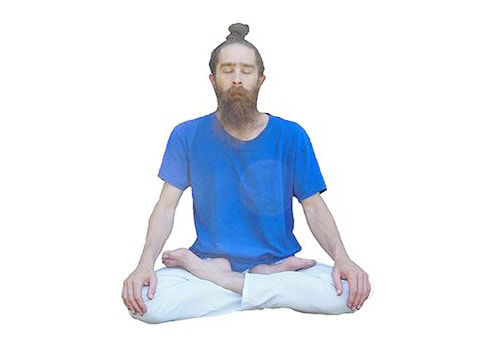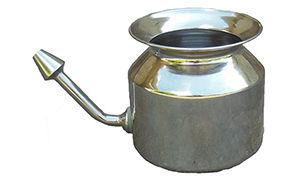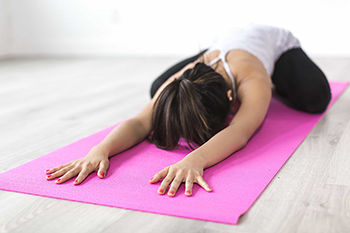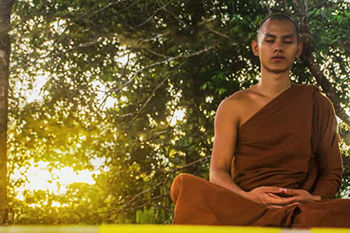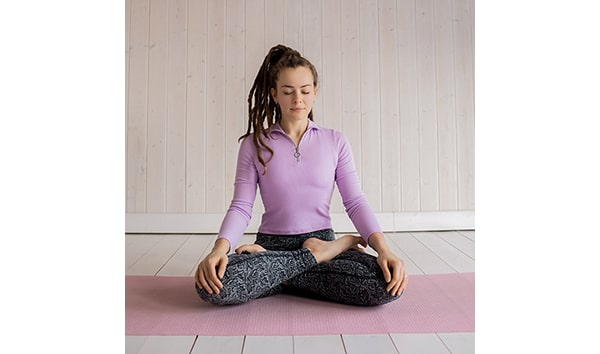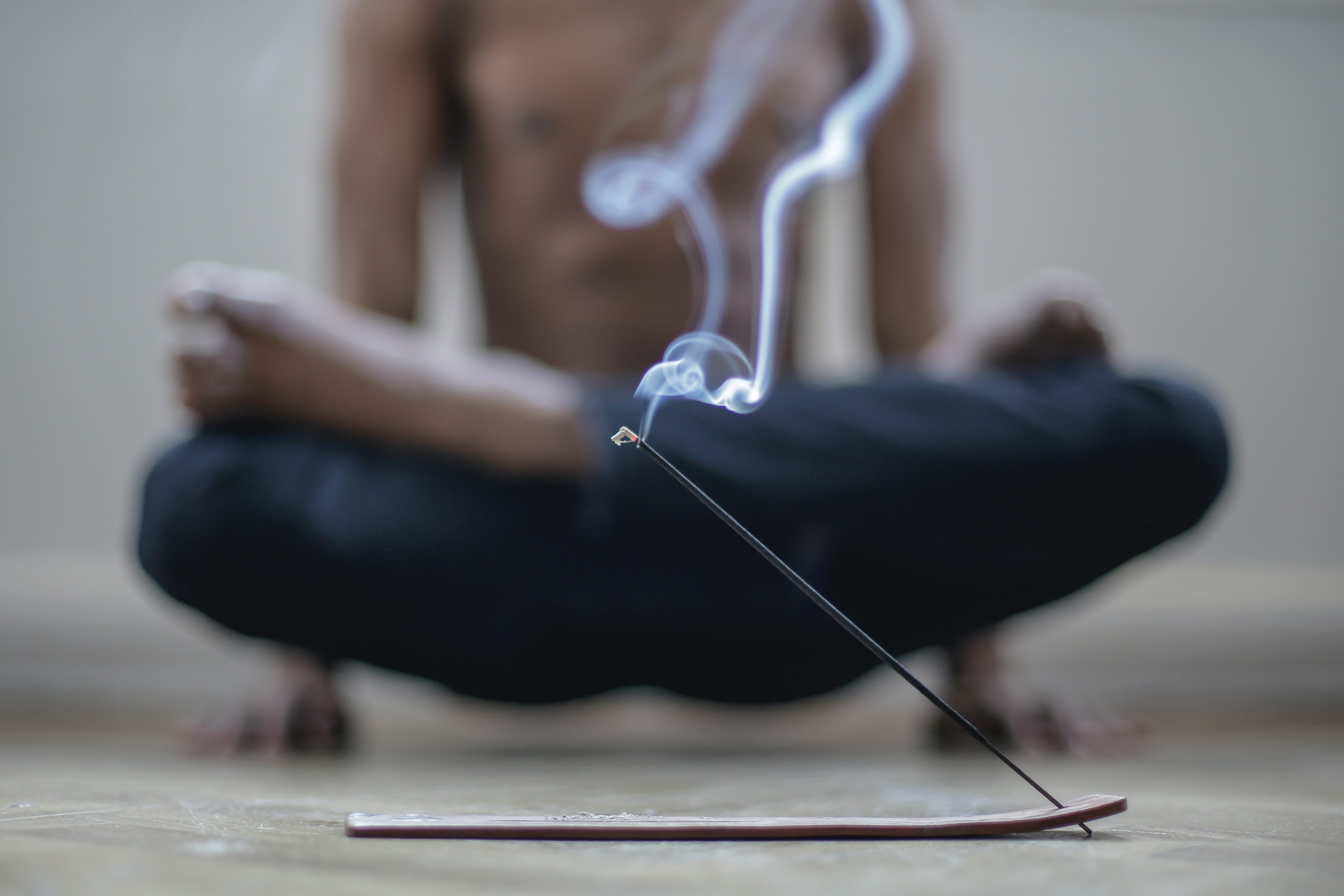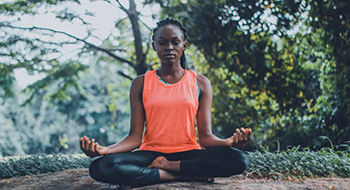In Sanskrit, Unmani means "no mind" or "no thinking" and Mudra means "gesture." This practice is a Mana Mudra meaning "head gesture" practice and is desctibed in the Hatha Yoga Pradipika Gheranda Samhita as well as the Shiva Samhita.
Unmani points to the state which is beyond thought and all attachment to the world of things is released. When preforming this practice do not try too hard, instead let the practice flower.
This practice is more of a mental practice then a physical practice, therefore with the eyes closed the practitioner experiences this process mentally.
